Revisiting the Pharmacological Potential of Pseudostellaria heterophylla: Advances, Challenges, and Controversies in Quality Control and Active Component Research
Pseudostellaria heterophylla (Prince Ginseng) has long been recognized in traditional Chinese medicine (TCM) for its restorative and tonic properties. In recent decades, scientific investigations have shifted focus from empirical use toward molecular identification, quality control, and pharmacological mechanism elucidation. Despite significant advancements, controversies persist regarding its active components, consistency of pharmacological effects, and standardization of commercial products. This paper reviews current research progress and the key debates shaping the modern understanding of Pseudostellaria heterophylla in the global pharmaceutical context.
10/12/20254 min read
Introduction: A Traditional Herb Under Scientific Scrutiny
Pseudostellaria heterophylla—known as “Prince Ginseng” or Taizishen—has been used for centuries as a mild tonic for fatigue, immune deficiency, and gastrointestinal weakness. Unlike Panax ginseng, it is considered gentle and suitable for children and the elderly. However, as global demand for botanical supplements increases, Pseudostellaria heterophylla faces the same challenge that confronts most TCM herbs: the need for standardization and scientific validation.
In recent years, Pseudostellaria heterophylla has become the subject of multidisciplinary research spanning molecular genetics, analytical chemistry, and pharmacology. The goal is clear—to bridge traditional practice with modern evidence-based medicine. Yet, despite the progress, the pharmaceutical community remains divided over the reproducibility and clinical translatability of its findings.
Quality Control: Between DNA Authentication and Multi-Index Evaluation
1 、Molecular Authentication through DNA Barcoding
One of the most pressing issues in the Pseudostellaria industry has been adulteration with morphologically similar species. To address this, the Fujian Provincial Department of Science and Technology developed a G-quadruplex DNA sensor-based identification method, enabling precise species authentication based on rDNA ITS sequence differences.
This molecular-level approach marks a turning point from traditional morphological identification to genetic-level traceability. Proponents argue that DNA barcoding ensures the authenticity of herbal materials and eliminates counterfeit adulteration—a long-standing problem in the herbal trade.
However, critics highlight that DNA identification cannot always distinguish between geographically distinct chemotypes that differ in chemical composition and pharmacological potency. Hence, DNA barcoding, though reliable for authenticity, may not adequately address bioactivity variability—a critical factor for pharmaceutical consistency.
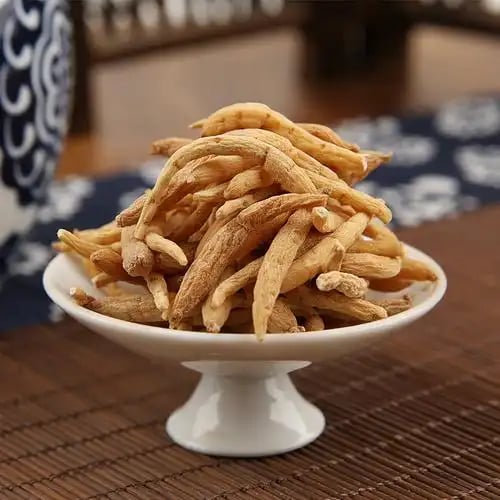

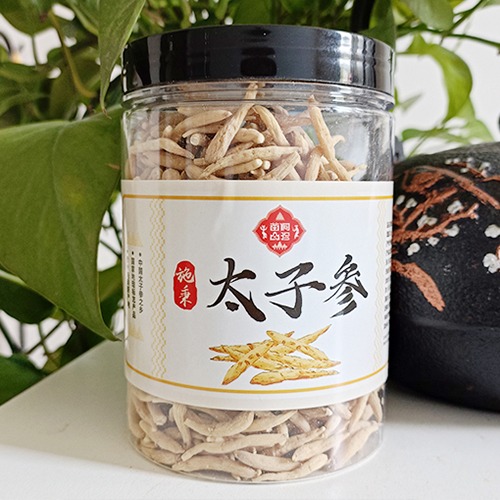

2 、Multi-Component Quality Evaluation
To establish chemical standardization, researchers introduced a multi-index evaluation system combining polysaccharide quantification and HPLC fingerprint profiling with over ten characteristic peaks.
For the first time, simultaneous determination of multiple constituents has been realized—an approach lauded for aligning herbal pharmacology with modern analytical standards.
Nevertheless, this approach also faces criticism:
Herbal pharmacodynamics are often synergistic, and isolating “marker components” may oversimplify the complex matrix of bioactive compounds.
The lack of international harmonization in testing protocols complicates regulatory acceptance in pharmaceutical contexts outside China.
Thus, while progress in quality control is undeniable, the debate continues on whether Pseudostellaria heterophylla should be evaluated through reductionist chemical markers or holistic multi-dimensional systems.
3. Active Components: Polysaccharides and Cyclic Peptides Under the Microscope
1、 Polysaccharides: Structure, Bioactivity, and the Gut Microbiome Connection
Recent breakthroughs have focused on isolating Pseudostellaria heterophylla polysaccharides—specifically PF40, PF60, and PF90 (with molecular weights of 40, 60, and 90 kDa, respectively). Among them, PF40 has demonstrated significant hypoglycemic effects, reportedly comparable to metformin, one of the world’s leading antidiabetic drugs.
Structural elucidation using nuclear magnetic resonance (NMR) revealed β-1,3-glucan linkages, suggesting immune-modulatory and metabolic-regulatory potential. Intriguingly, studies have proposed a gut microbiome-mediated mechanism, where polysaccharides exert their effects after microbial metabolism—an emerging paradigm in TCM pharmacology.
However, skepticism arises from the lack of large-scale clinical trials and interspecies metabolic validation. The biological activity of these polysaccharides may vary depending on regional soil composition, cultivation techniques, and post-harvest processing—factors difficult to standardize.
Thus, while PF40’s hypoglycemic potential has attracted attention, its clinical equivalence to metformin remains unproven outside controlled laboratory settings.

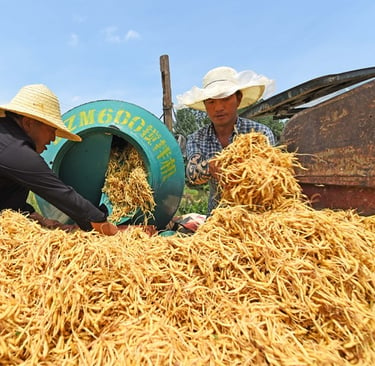
2 、Cyclic Peptides: Novel Structures and Immunomodulatory Mechanisms
In parallel, studies on Pseudostellaria heterophylla cyclic peptides have identified 12 distinct structures through UPLC-Q-TOF/MS analysis, including one newly discovered peptide. Extracts enriched to >90% purity have been shown to exhibit anti-inflammatory and immune-enhancing properties.
Notably:
Cyclopeptide HB suppresses inflammatory cytokine release in LPS-induced RAW264.7 macrophages, suggesting potential as an anti-inflammatory agent.
Cyclopeptide RP-5 (522.29 Da) enhances splenic lymphocyte proliferation, indicating immune system modulation.
While promising, these findings are not without controversy. Some pharmacologists argue that the concentrations required to achieve measurable effects exceed physiologically relevant levels in traditional oral formulations. Furthermore, peptide bioavailability after digestion remains uncertain, questioning the practical translation from in vitro to in vivo outcomes.
Hence, while cyclic peptides have expanded the biochemical understanding of Pseudostellaria heterophylla, their pharmacokinetic feasibility in human systems is still under debate.
4. Clinical Applications: Between Traditional Formulas and Functional Foods
Clinically, Pseudostellaria heterophylla is rarely prescribed as a single herb; it appears predominantly in compound formulations, such as:
Jianwei Xiaoshi Tablets (Prince Ginseng, Citrus peel, Yam)
Compound Prince Ginseng Granules (Prince Ginseng, Ganoderma, Poria)
Erbao Granules (Prince Ginseng, Atractylodes, Hawthorn)
These formulas are commonly used for treating functional dyspepsia, pediatric anorexia, and bronchial asthma, showing reliable safety and moderate efficacy.
In parallel, Pseudostellaria heterophylla has gained traction in functional food and nutraceutical markets, often in the form of soups, porridges, and herbal teas. Recipes such as Prince Ginseng Stewed Pork and Prince Ginseng Congee are widely promoted for daily nourishment and fatigue recovery.
However, the pharmaceutical community remains divided on whether such preparations should be classified as medicinal or nutritional interventions. The lack of standardized dosages and cross-cultural interpretation of “tonic effects” further complicate regulatory evaluation.
5. Discussion: Bridging Traditional Wisdom and Modern Science
The case of Pseudostellaria heterophylla exemplifies a broader dilemma in herbal medicine modernization:
How can a traditional herb retain its holistic therapeutic identity while meeting the rigorous demands of pharmaceutical validation?
Supporters of modernization advocate for integration through molecular pharmacology, emphasizing reproducibility and clinical data. Conversely, TCM practitioners caution that over-standardization may strip the herb of its synergistic therapeutic nature, reducing a multifactorial system to isolated compounds.
Furthermore, the globalization of herbal supply chains introduces new challenges: environmental variation, sustainability concerns, and intellectual property issues related to genetic and biochemical resources.

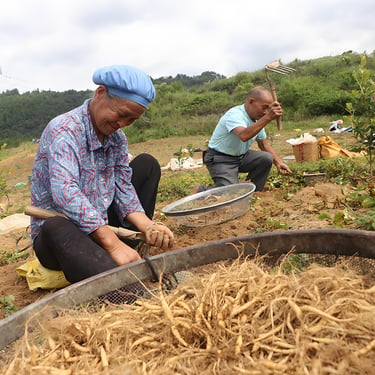

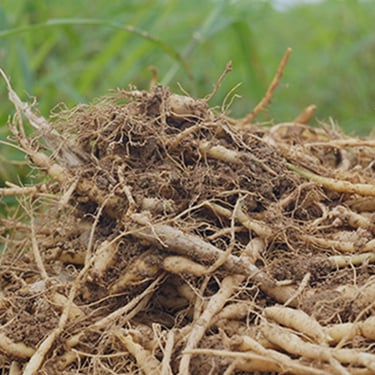
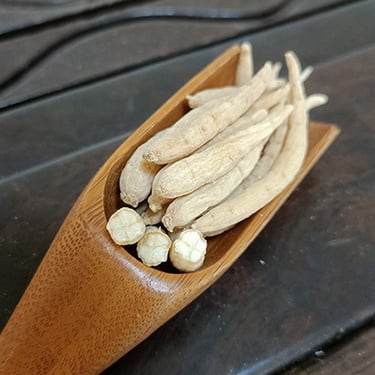
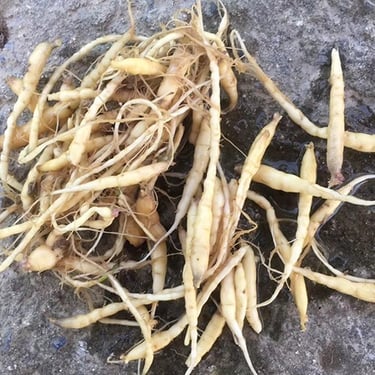
6. Conclusion: Toward an Evidence-Based Yet Culturally Informed Future
After thirty years of continuous research, Pseudostellaria heterophylla stands at the crossroads between traditional medicine and modern pharmacology.
Advances in DNA authentication, multi-index evaluation, and active component isolation have provided a scientific foundation for quality assurance. Yet, the controversies surrounding pharmacological reproducibility, bioavailability, and standardization remind us that herbal medicine cannot be fully understood through reductionism alone.
Future research should aim to:
Integrate multi-omics approaches (genomics, metabolomics, microbiomics) for comprehensive activity mapping.
Conduct multicenter clinical trials to validate efficacy across populations.
Develop international standards for cultivation and processing to ensure consistency and sustainability.
Only through a balanced integration of traditional wisdom, modern science, and ethical globalization can Pseudostellaria heterophylla truly realize its potential as a model herb in 21st-century natural medicine.
Our Services
Provide high quality Pseudostellaria baicalensis, welcome to cooperate.
Contact Us
E-Mail:info@pseudostellaria.com
© 2025. All rights reserved.
